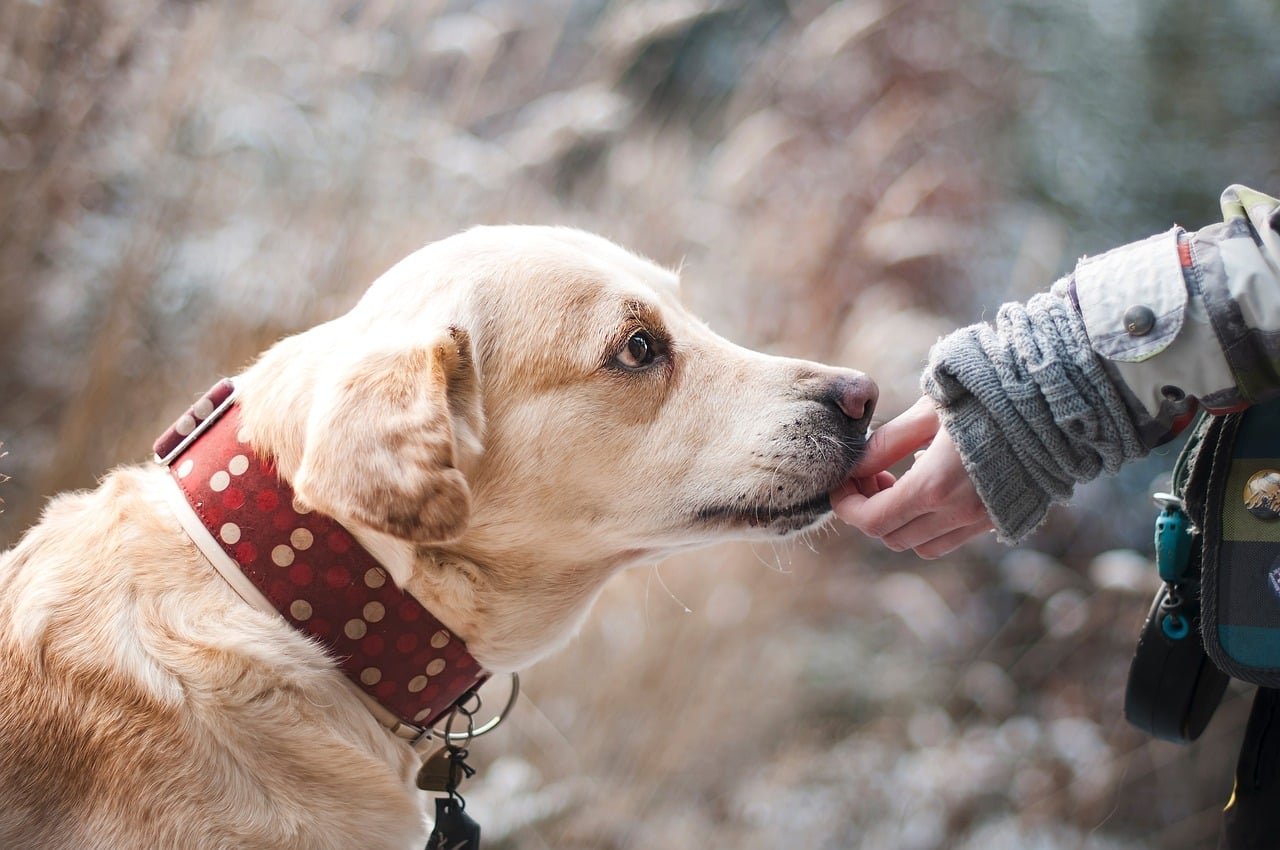Watermelon is a delicious and hydrating treat, perfect for hot summer days. While many dog owners are aware that the juicy flesh of the watermelon is safe and even beneficial for their pets, the same cannot be said about the skin. The outer layer of watermelon, commonly referred to as the rind or skin, often raises questions among pet owners: Can dogs eat watermelon skin? Is it safe, or does it pose risks to their health? In this article, we’ll explore the safety of feeding watermelon skin to dogs, the potential risks involved, and how to properly serve watermelon to your canine companion.
Can Dogs Eat Watermelon Skin? The Short Answer
The short answer is no; dogs should not eat watermelon skin. The tough, fibrous texture of watermelon skin can be difficult for dogs to digest, leading to various gastrointestinal issues. While the flesh of the watermelon is safe and nutritious, the skin can pose significant health risks, including digestive blockages and choking hazards.

The Difference Between Watermelon Flesh and Skin
Before we delve into the risks associated with watermelon skin, let’s first understand the difference between watermelon flesh and skin:
- Watermelon Flesh: The juicy, red part of the watermelon that is packed with vitamins, antioxidants, and water. It is low in calories and generally safe for dogs to consume in moderation.
- Watermelon Skin: The hard, green outer layer that protects the fruit. It is tough, fibrous, and lacks the nutritional benefits that the flesh provides.
Why Watermelon Flesh Is Beneficial for Dogs
Watermelon flesh is a hydrating and healthy treat for dogs when given in appropriate amounts. It contains essential nutrients that can support your dog’s overall health:
1. Hydration
Watermelon is about 92% water, making it an excellent source of hydration, especially during hot weather. Dogs, like humans, need to stay hydrated, and watermelon can help meet their water intake requirements.
2. Vitamins and Antioxidants
Watermelon is rich in vitamins A, B6, and C, which are essential for a dog’s immune system, skin, and coat health. The fruit also contains antioxidants that help combat free radicals and reduce the risk of chronic diseases.
3. Low-Calorie Treat
Watermelon is low in calories, making it a guilt-free treat for dogs. It’s especially beneficial for dogs that need to manage their weight.
The Risks of Feeding Watermelon Skin to Dogs
While watermelon flesh is a safe and nutritious option, watermelon skin presents several risks to dogs. Here’s why watermelon skin should be avoided:
1. Digestive Issues
The skin of the watermelon is tough and fibrous, making it difficult for dogs to chew and digest. Ingesting watermelon skin can lead to gastrointestinal problems such as vomiting, diarrhea, and abdominal discomfort. The fibrous nature of the skin can also cause constipation in some dogs, leading to additional complications.
2. Choking Hazard
Watermelon skin can pose a choking hazard, particularly for small dogs or those that tend to gulp down their food without chewing thoroughly. The size and texture of the skin can cause it to get lodged in the throat, obstructing the airway and leading to severe breathing difficulties.
3. Intestinal Blockages
One of the most significant dangers associated with feeding watermelon skin to dogs is the risk of intestinal blockages. The tough, indigestible nature of the skin can cause it to become stuck in the intestines, leading to a blockage that may require surgical intervention. Symptoms of an intestinal blockage include vomiting, lethargy, loss of appetite, and abdominal pain. If you suspect your dog has ingested watermelon skin and is showing these symptoms, seek immediate veterinary care.
4. Nutritional Void
Unlike the flesh of the watermelon, the skin does not provide any significant nutritional benefits to dogs. Feeding your dog watermelon skin offers no added value to their diet and can lead to more harm than good.
What to Do If Your Dog Eats Watermelon Skin
If your dog accidentally consumes a small piece of watermelon skin, it’s essential to monitor them closely for any signs of distress. While small amounts of skin may pass through the digestive system without causing harm, larger pieces can lead to complications.
Watch for symptoms such as vomiting, diarrhea, lethargy, or difficulty passing stools. If your dog shows any of these signs or if you’re concerned about the amount of skin they’ve consumed, contact your veterinarian for guidance.
How to Safely Serve Watermelon to Your Dog
To ensure your dog enjoys the benefits of watermelon without the risks, it’s important to prepare the fruit properly. Here’s how to safely serve watermelon to your dog:
1. Remove the Skin
Always remove the skin before giving watermelon to your dog. Cut away the green outer layer and discard it to prevent any potential health issues.
2. Remove the Seeds
While watermelon seeds are not toxic, they can be a choking hazard or cause an intestinal blockage if ingested in large quantities. Remove the seeds or choose seedless watermelon to ensure your dog’s safety.
3. Serve in Moderation
Even though watermelon flesh is safe for dogs, it should be given in moderation. Too much watermelon can lead to digestive upset due to its high water content. A few small pieces are sufficient to satisfy your dog without overwhelming their system.
4. Consider Freezing
For a refreshing summer treat, try freezing small pieces of watermelon before serving them to your dog. The cold, crunchy texture can provide relief from the heat and can also help soothe teething puppies.
Healthy Alternatives to Watermelon Skin
If you’re looking for other safe and nutritious treats for your dog, there are plenty of alternatives to watermelon skin. Here are some healthy options to consider:
1. Cucumbers
Cucumbers are low in calories and high in water content, making them an excellent hydrating snack for dogs. Just be sure to remove the seeds and cut them into bite-sized pieces.
2. Carrots
Carrots are a nutritious and safe treat that can be fed raw or cooked. They are rich in vitamins and minerals and have a crunchy texture that helps clean your dog’s teeth.
3. Apple Slices
Apples are a good source of vitamins A and C, as well as fiber. Be sure to remove the seeds and core before giving apple slices to your dog.
4. Blueberries
Blueberries are packed with antioxidants and are low in calories, making them a great treat for dogs. They’re also small and easy to serve as a quick snack.
5. Pumpkin
Pumpkin is another nutritious treat that is safe for dogs. It is particularly beneficial for digestion and can help with issues like constipation or diarrhea.
Signs of Watermelon Allergy in Dogs
Although watermelon is generally safe for dogs, it’s important to watch for any signs of an allergic reaction when introducing new foods. While rare, some dogs may be allergic to watermelon. Symptoms of a food allergy in dogs may include:
- Itchy skin or hives
- Swelling of the face, ears, or paws
- Vomiting or diarrhea
- Excessive licking or scratching
If you notice any of these symptoms after feeding your dog watermelon, discontinue the treat and consult your veterinarian.
Conclusion
While watermelon flesh is a safe and nutritious treat for dogs, watermelon skin is not. The tough, fibrous texture of the skin can cause digestive issues, choking hazards, and even intestinal blockages in dogs. To keep your dog safe, always remove the skin and seeds before serving watermelon and offer it in moderation.
By carefully selecting and preparing your dog’s treats, you can ensure they enjoy the benefits of a healthy and balanced diet. If you ever have concerns about what is safe for your dog to eat, consult your veterinarian for expert advice.
Discover more from EMMOCEB
Subscribe to get the latest posts sent to your email.






